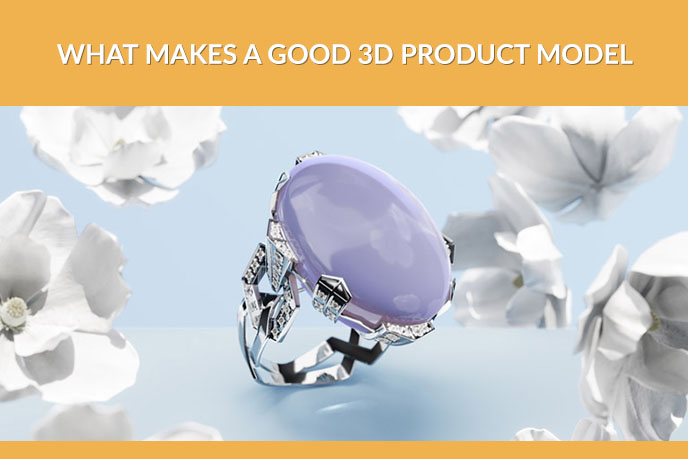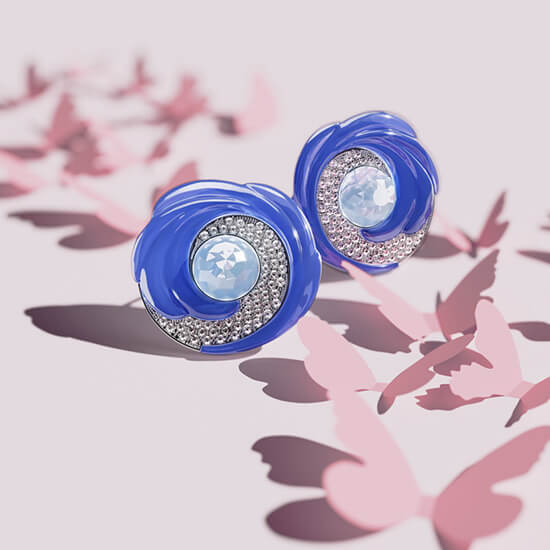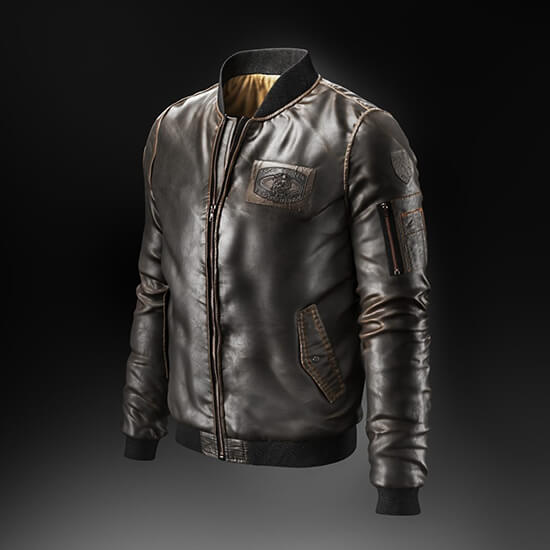3D Modeling Standards: What Makes A Good Product Model
The growing number of businesses tend to achieve marketing success with 3D product models. Brands are using CGI for catalogs, ads, and presentations. The popularity of this type of promotional materials caused a boom in demand for studios providing professional 3D visualization services. Today, there are dozens of 3D product modeling and rendering contractors for manufacturers to choose from, and this may cause confusion. With so many providers, how to know which of them deliver the best 3D visuals possible? Fortunately, there are objective 3D modeling standards that any competent studio abides by. This time we will explain them in a nutshell.
After reading the article below, manufacturers will be able to easily understand the level of professionalism of potential 3D visualization contractors from their portfolios. So, let’s find out how to distinguish a high-quality 3D model from a poorly made one!
#1. A good 3D model`s edges are beveled
To understand what is high-quality CGI, a person without a 3D art background needs to understand what a 3D model is first. Essentially, it’s a visual representation of a geometrical calculation created in 3D software. Precise measurements made by a computer can cause a 3D object to have very sharp edges, even if they are supposed to be curved. This can easily make viewers aware of the artificial nature of the image.
That is why the first of key 3D modeling standards is to bevel, or smooth, the edges of a digital item, which results in creating natural-looking objects. So, when a manufacturer is looking through a CGI studio’s portfolio and sees 3D product models that have incredibly perfect geometric shapes and too sharp edges, it’s better to search for a more professional contractor.
#2. Materials on high-quality 3D objects are simulated accurately
However, the shape of a 3D object is not the only factor affecting the quality of photoreal visualizations. Accurate simulation of materials from which the item is made is extremely important too since they define how it looks and feels like. Fabric, wood, stone, glass, metals — everything has different light absorption and reflection, tactile sense, and structure, which have to be accounted for. As such, one of the 3D modeling standards insists that every material has to be simulated realistically with great attention to detail. If a manufacturer sees 3D renderings with materials that do not look realistic and allow viewers to easily realize that it is a digital visualization, this is not a good sign.
#3. Textures are applied to a 3D object masterfully
Every 3D product model starts off as a grey or white assembly of polygons in the shape of the intended item. Then a skilled 3D artist creates a photoreal texture for it. The next step of creating quality CGI that adheres to 3D modeling standards is applying textures to a 3D object. A texture is, in a nutshell, a 2D image that covers a 3D model. Making one isn’t an easy task, and applying it to the object correctly is even harder.
The item may have lots of complex shapes, nooks and crannies that can easily cause distortion of the 2D picture. That is why CGI that doesn’t follow 3D modeling standards can be easily spotted by many signs. It can have visible seams in places textures are supposed to overlap. It can also have the 2D image placed sideways or upside down, or have a texture with a low resolution. In its turn, a good 3D model made by one of the professional 3D modeling firms has high-quality HD textures with no visible defects, pixelation, or “grains”.
#4. Lighting and shadows in the resulting CG imagery are photoreal
Even if a client orders a simple product visualization without lifestyle elements, 3D artists still have to set the lighting in the images very carefully. Light, shadows, and reflections play a huge part in how a viewer perceives the depicted object. Setting lighting is just as important as the rest of the work, as even the slightest mistake on 3D artist’s part can cause the uncanny valley effect.
For this reason, following this part of 3D modeling standards is one of the main indicators of the high quality of product visualization. If every light source is placed correctly, shadows are not too tough and reflections are carefully visualized on all surfaces, the lighting in the CG image looks like in a real-life photograph. This is a sign of professional CGI for sure.
#5. CG objects feature natural-looking details
At first glance, it would seem like a good idea to visualize merchandise in a pristine, picture-perfect manner. However, reality has its laws, and nature affects any real material. Wooden planks have uneven coloration with darker spots where branches once were. Stone may show small cracks and signs of erosion. Glass can become stained by weather conditions. Fabric has creases and folds. Little details like those add a great degree of believability to the 3D objects. That is why 3D modeling standards imply adding natural effects and features.
So, what makes a high-quality 3D model? Short answer — photorealism. 3D objects made by a professional look indistinguishable from real ones. Their edges are beveled to avoid looking too sharp. With the help of modern 3D visualization software, specialists can simulate any material just the way it would look like on the display shelf, with painstakingly applied HD textures. Finally, a digital item that fits the standards to the letter looks and feel natural thanks to little details, and is bathed in photoreal lighting with carefully edited shadows and reflections.
Want CG promotional materials of your brand to look gorgeous and fit the highest 3D modeling standards? We’ll help you with that! Contact UFO3D for high-quality 3D modeling services!







